We’ve all seen the ‘go home tourist’ graffiti in Spain, heard about the damage from short-term letting across the world, seen the rise of tourist taxes and most recently the closure of popular instagram spots due to poor behaviour.
Sadly Scotland isn’t immune from over tourism – there are plenty of horror stories of dirty camping around the North Coast 500, awful parking around hotspots on Skye and videos of free-range dogs killing wildlife and farm animals.
Ok, without sounding like your headmistress, we can all do better.
We all want to be able to relax on holiday, but Scotland is not a ‘adventure playground’ where anything goes, it’s a wonderfully fragile and beautiful country – and most importantly it is our home. Here’s how to not be that tourist in Scotland.
The things tourists do that we really don’t appreciate
If you really want to annoy the locals, do these things…
Only going to the places you see on Instagram
Against the backdrop of Scotland’s stunning beauty is an obsession for people to rush to those places famous on Instagram. It’s all incredibly depressing. What has happened to us? Thankfully, Scotland is a huge place and there are still lots of hidden spots away from the Instagram crowds. Why not go here instead?
- Visit Scotland’s hidden gems
- My favourite places in Scotland
- If you have to visit the top ten places to visit in Scotland, then here is how to do it.
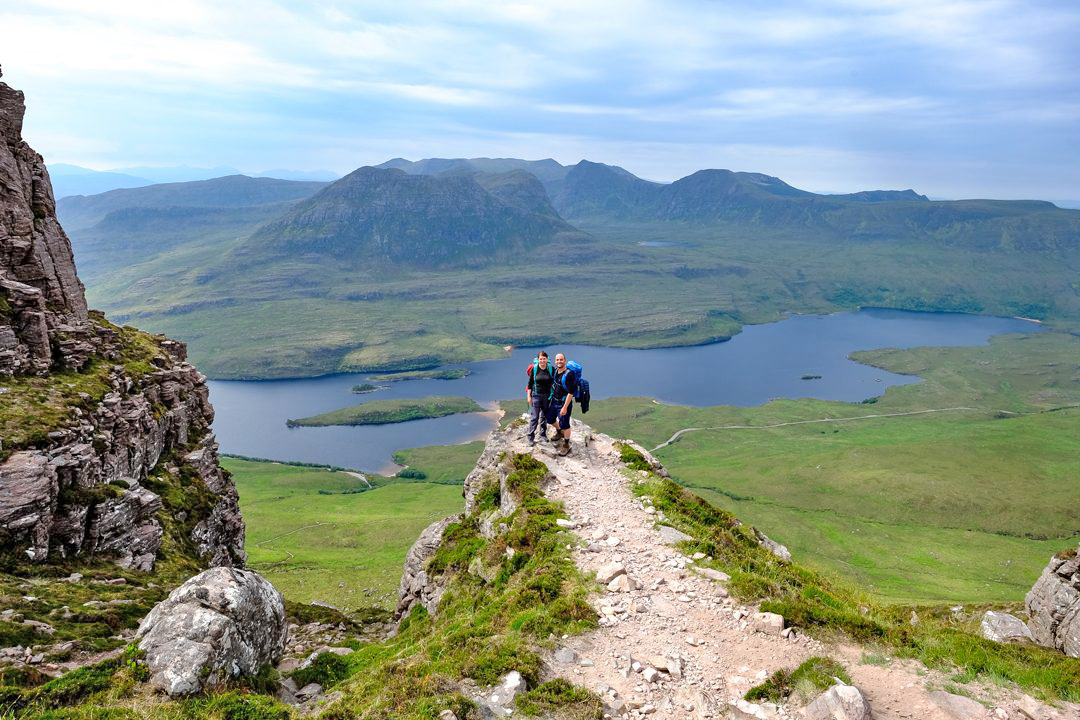
Calling anywhere in Scotland ‘remote’
Describing somewhere in Scotland as being ‘remote’ is a controversial one – so much that the use of the term was recently banned by the Scottish Government to describe rural communities.
Firstly, anywhere could be remote if you live a long way away from it, secondly, there is nothing wrong with living a long way from lots of other people.
Anyway, this is a travel blog, and it’s purpose is to give advice on the best places to visit in Scotland – and factually there are some places in Scotland which as a visitor or a traveller (i.e not a resident of an island, rural area, or farm or croft) it just takes a wee bit more effort to get to for most people.
However much I’d like to gate keep these places, here is how to visit the more off the beaten track places to visit in Scotland.
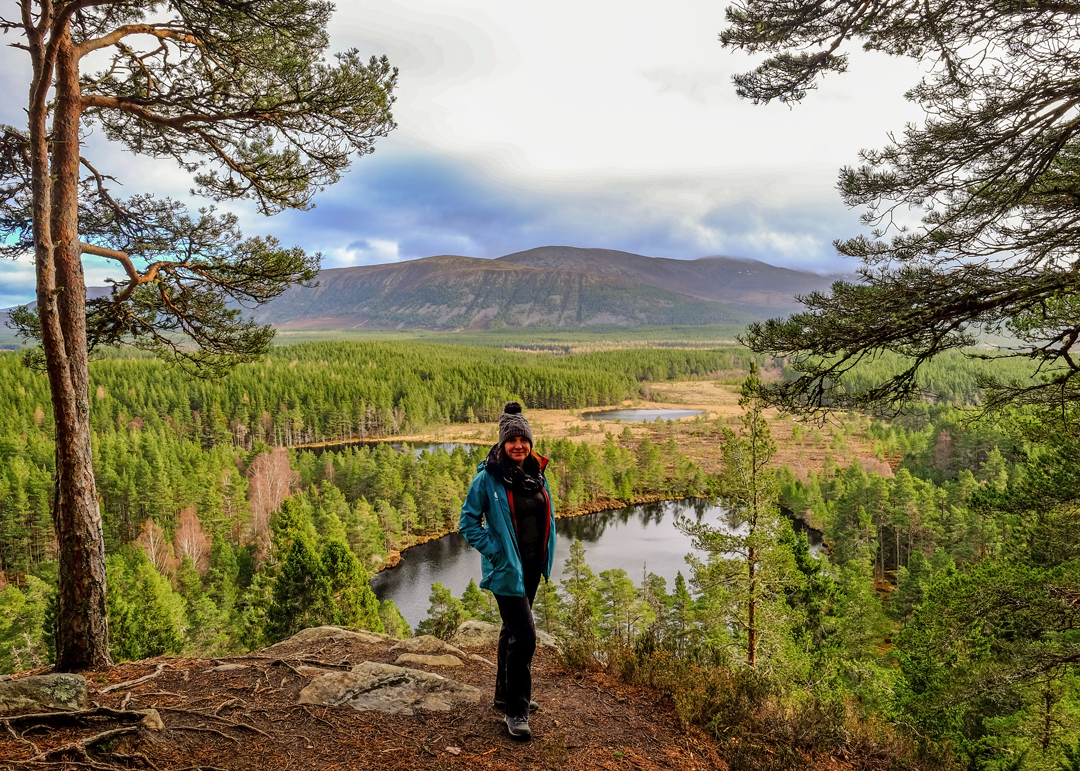
Thinking that Scotland is all about clans or Outlander
People from all over the world can lay claim to a family connection to Scotland – and part of the joy of visiting here is our culture and heritage – and this is no better expressed than in the pomp and ceremony of the Scottish clan system.
With clan gatherings and highland games attracting thousands each year and Outlander being a global success – you’d think that the whole country is tartan daft. We are not.
It is thought that only around 20% of Scottish surnames/families have any connection to the traditional and historic clan system – although you can find out of your surname is connected here.
So, stop asking if what clan we are part of.
If you do want to research your family links, here’s how to research your Scottish ancestry trip and the best places to visit to discover the clans in Scotland.
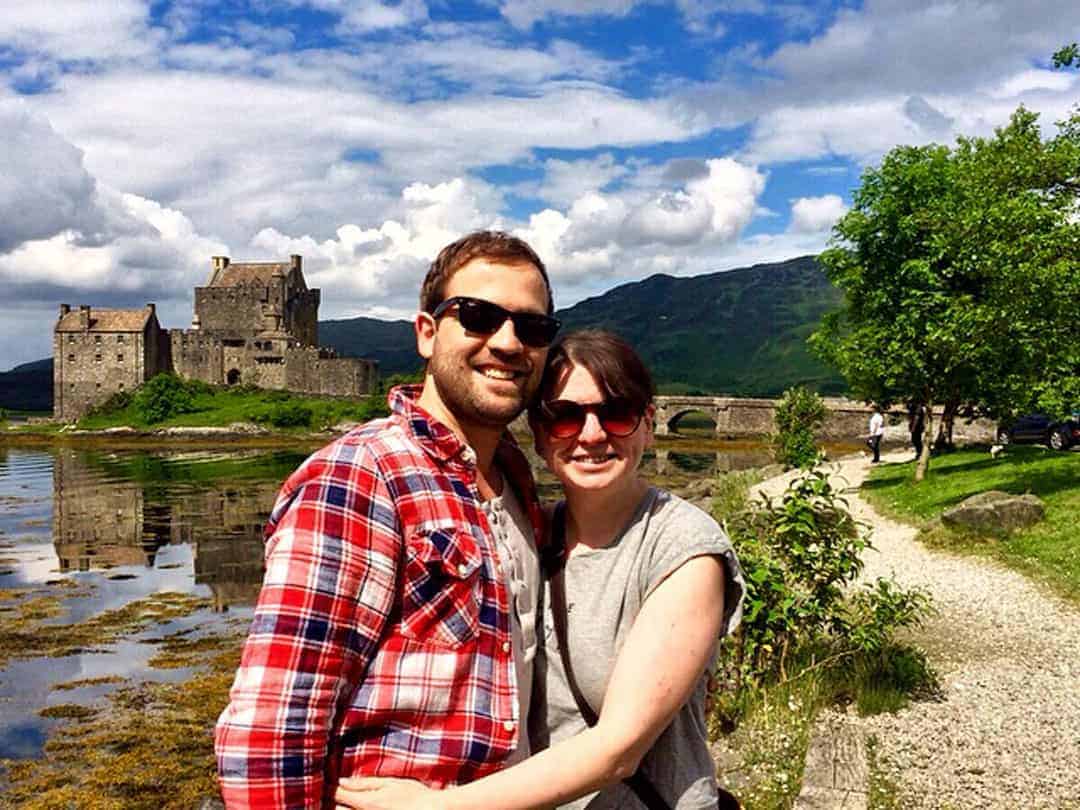
Thinking you can wild camp in Scotland anywhere
You’ll have probably heard that ‘wild camping’ is free and legal in Scotland, which is brilliant for those of us who love a night off-grid whilst hiking or munro bagging.
What you might not know is that ‘wild camping’ is actually very tightly defined by our world leading Scottish Outdoor Access Code.
The Scottish Outdoor Access Code is all based around access rights.
We fought hard for access rights in Scotland to apply to walking, cycling, swimming and watching wildlife and whilst you are doing these things you can lightweight camp too – as long as you are away from homes, crops, animals, your car and you behave responsibly.
Because of the impact of wild camping in popular spots such as Loch Lomond, some areas of the Loch Lomond and the Trossachs National Park now require a permit to camp in summer. You can book a spot through the National park website.
One of the issues with wild camping is going to the loo – and with a few precautions, its fine. Here are a few rules to follow.
- Do go to the toilet at least 30 metres from any water source so you don’t contaminate our lovely water supply.
- Do carry a trowel and bury your poo – lightweight and fold up trowels cost less than £10 from all good camping stores. This one from Amazon (affiliate link) is less than £4!
- Do take away any tissues as they can get dug up by animals and normally don’t decompose. Dog poo bags and carriers are great for this. I love Dicky Bags.
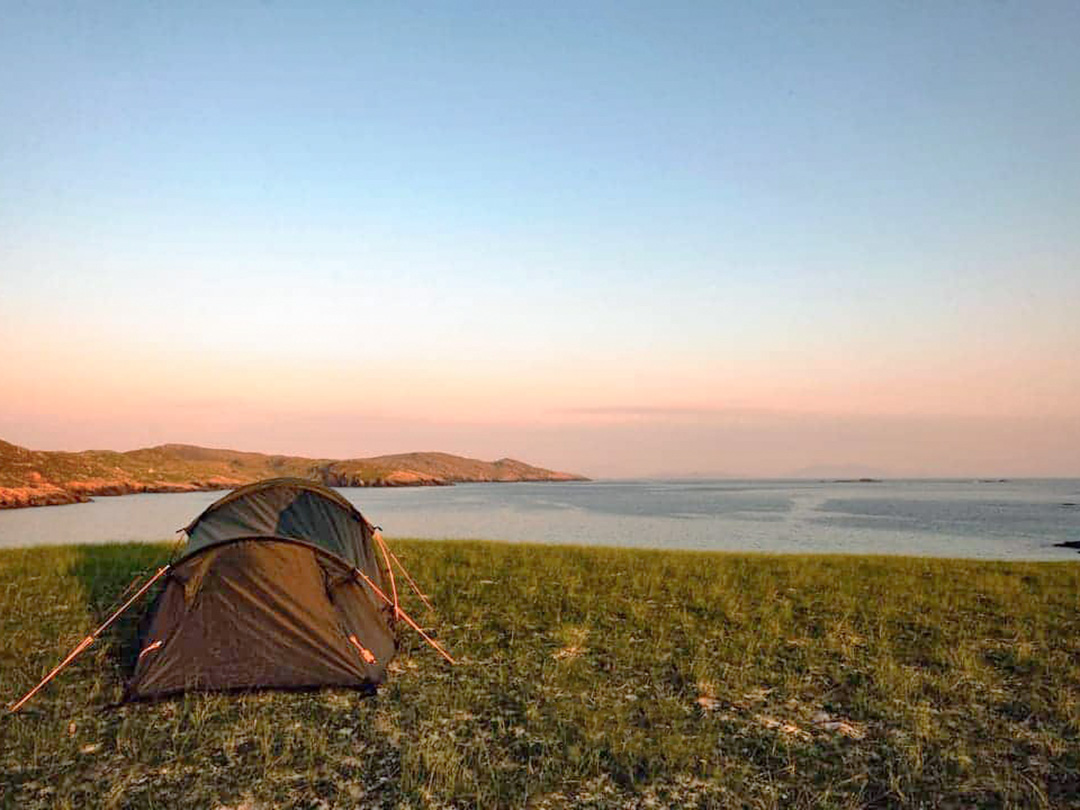
Going wild camping in a motorhome, camper-van or roof tent
Our hard won access rights do not extend to any motorised activities including towing caravans, motor homes, camper vans and rooftop tents.
This misunderstanding, coupled with the exponential rise in the popularity of motor homing in Scotland, has led to road trips like the NC500 being overrun with ‘off-grid campers’ parking up all over the place – and lots of anger.
Highland Council’s advice is clear – “stopping overnight in a motorhome outside a formal site is not wild camping as permitted by the Scottish Outdoor Access Code as it takes place in a motor vehicle”.
That doesn’t mean you can’t stop outside of a campsite overnight and go ‘off grid’. Here are the do’s and don’t of motorhoming and campervanning in Scotland.
- Do use formal on-road lay-bys or car parks where it is marked that camper vans are specifically are allowed. Check out the Highland Council campervan pass system and legal parking spots.
- Don’t dump your black or grey waste at the side of the road or in a public loo – this is horrible and may block rural loos which run off a septic tank. Either book into a campsite or use a formal disposal facility – you can find them via the Campa website.
- Do take apps like Park for the Night with a good pinch of salt. If you lived near the spot recommended would you like people staying there every night?
- Do have have an onboard loo or have a public loo nearby, no one wants to see you going to the toilet in the bushes.
- Don’t extend outside – to ‘off grid’ camp in Scotland, even in an official layby, everything needs to be contained within your vehicle – so no BBQs or sitting outside. Campsites are the place for this.
- Don’t park ‘off road’ without the permission of the landowner. This includes informal laybys, up tracks and on beaches.
- Don’t park in graveyard carparks or outside someone’s home on a street – respect people’s privacy.
- Do be ready to move your camper by the landowner or the police, so consider if there needs to be a designated driver!
Many islands across Scotland, including the Outer Hebrides and Mull have also effectively banned ‘wild camping’ and only allow campervans with pre-booked sites at some times of year, so check before you travel. So why not risk it and park up in a campsite or an official aire for the night?
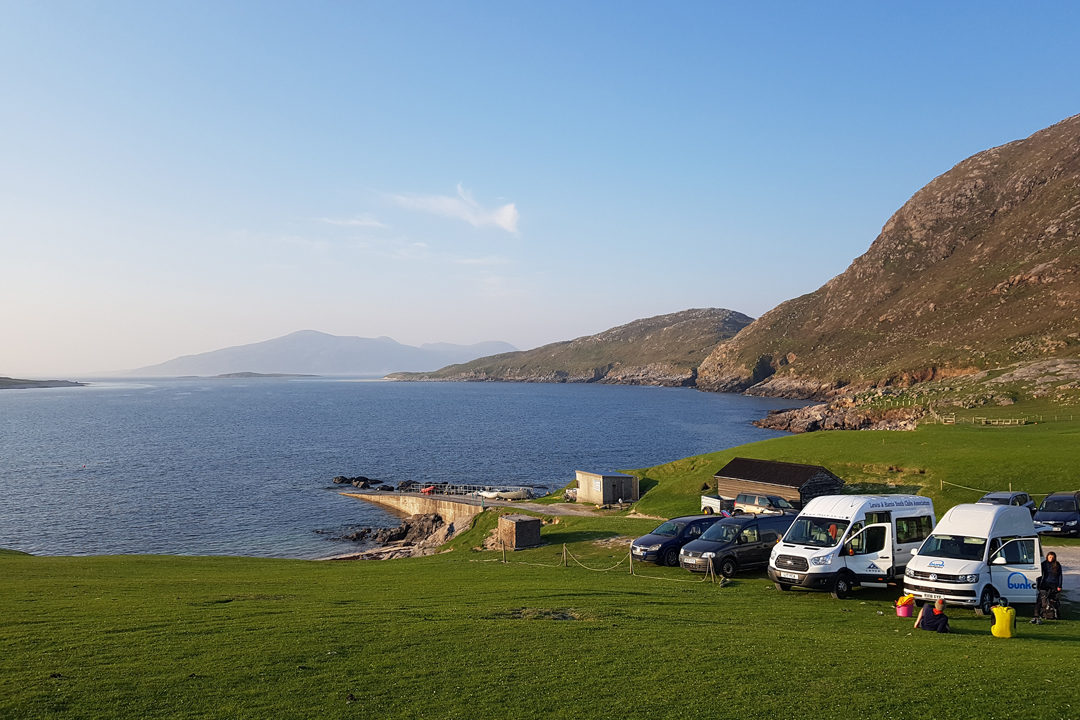
Parking in passing places
Many of the roads in the Highlands of Scotland are ‘single track’ – one lane for both directions, which can be nerve wracking for drivers at the best of times, whether you are a visitor or not. Add in convoys of camper vans, the odd highland cow or herd of wild sheep and locals trying to get to work – it all adds up to chaos.
You might think that driving slowly is the worst thing you can do on a single track road, but its not. The worst thing you can do on a single track road is actually parking in the lay-bys.
The lay-bys on single track roads are not parking spots, they are passing places and are used to let people pass when you meet a car coming the other way. Or if you just want to slowly sightsee, remember that you can use them to let people pass from behind too.
If you park in them it means people can’t use them and you might get stuck having to reverse for quite a way. I’ve seen many campervans in ditches trying to attempt it. Find a car park.
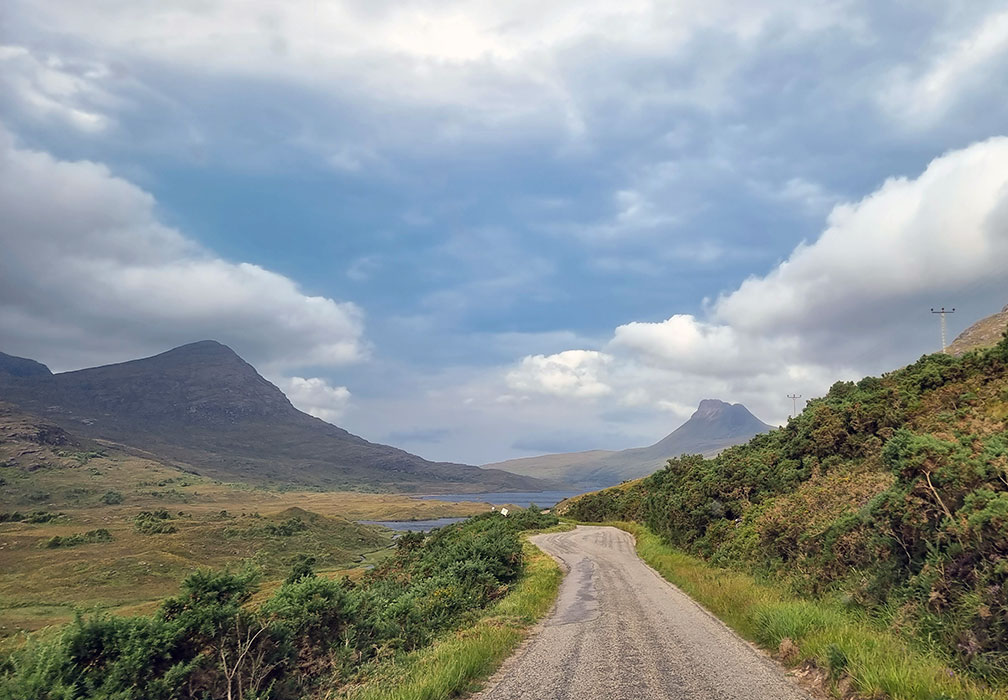
Building rock towers
The Fairy Glen on the Isle of Skye is famous for its moonlike landscape – and for people obsessively building rock towers around a labyrinth. Just look at the damage caused by visitors.
Whilst over-tourism can lead naturally to wear and tear in our environment, we don’t need to add to it by building rock towers too.
Rock stacking adds to erosion, destroys micro habits and add a human element to nature that we just don’t need. You do not need to stack some rocks to tell us you were there.
Take a picture instead and post it to social media if you have to, but leave no trace – and join in with the removal of any rock towers (not cairns on mountains) that you find.
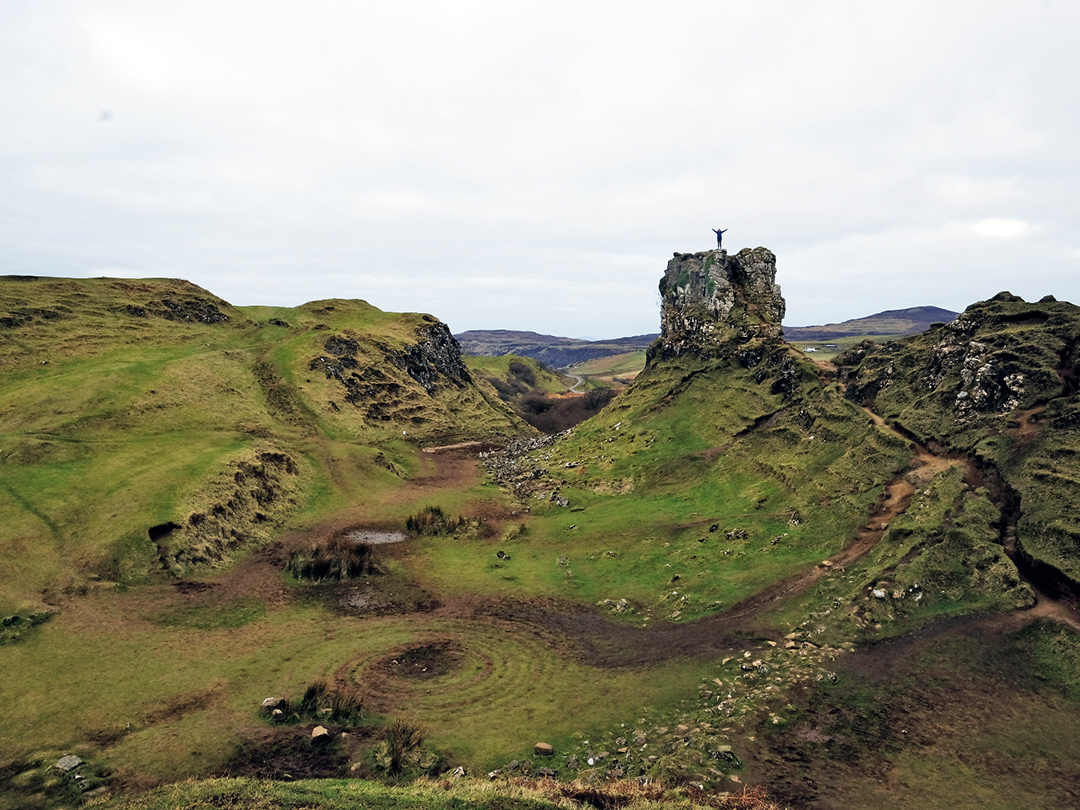
Lighting fires and using disposable bbqs
For a country which experiences a lot of rain annually, you’d be surprised to learn that in summer Scotland is often under an extreme fire warning – wild fires are common – and are often started by fires light by campers, bbqs and porely disposed of cigarettes.
You can help prevent wild fires in Scotland by not lighting fires on the ground, even if you build a rock ring. Why?
a) the wind might pick up at the wrong time and sparks can spread flames along the ground,
b) because a lot of Scotland is peatland and even if you extinguish the fire well, it could be still burning beneath the ground.
Instead pick up a lightweight fire tray which is designed for wild camping. Don’t cut down trees or use old wood for burning, you are damaging our fragile biodiversity. bring your own fuel.
Calling places Lake Ness, Mount Ben Nevis, Edin-boro
Taylor Swift recently did a rather good attempt at pronounce Edinburgh right in front of 73,000 people at Murryfield Stadium. It’s pronounced Edin-bruh not Edin-boro or Edin-burg btw. Ok, the Scots accents, use of Gaelic and Scots, different dialects and local variations can be a wee bit difficult to tackle, but there are some phrases that really grind our gears.
- Lakes are lochs – and they aren’t pronounced like locks either. The word is Scottish Gaelic, not English and is pronounced using the ch at the end.
- Mountains are called Bens / Beinns – so don’t call it Mount Ben Nevis as this is literally Mountain Mountain Nevis.
- Valleys are Glens – glen is Scots for a glacial valley such as Glencoe or Glenmorangie – and a great name for a whisky. Valleymorangie doesn’t quite have the same ring does it?
> Read more: plan a more sustainable visit to Scotland
Love from Scotland x
